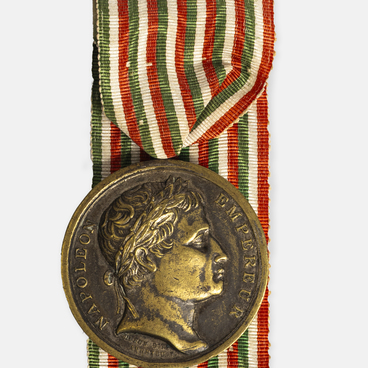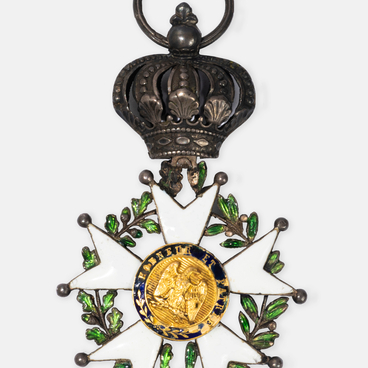Alexander Yevstafievich Kotzebue, or Alexander Friedrich Wilhelm Franz von Kotzebue, (1815–1889) was a major Russian battle artist of the mid-19th century. He was born of the third marriage of the German playwright August Kotzebue, who in 1812 relocated to Russia because he could not accept Prussia’s submission to Napoleon.
Almost all of Kotzebue’s sons were in the Russian service. One of the artist’s older brothers, Maurice Kotzebue, participated in the War of 1812, was captured by the French and wrote a memoir about it.
Alexander Kotzebue initially chose a military path: he became an officer of the Lithuanian Life Guards Regiment. However, his passion for art was stronger, and without retiring from service, in 1837 he began attending the battle class at the Academy of Arts. The works of the young officer attracted the attention of Emperor Nicholas I.
In 1845, the artist went to study in Europe, and upon his return received the title of academician. The main theme of Kotzebue’s work was the military campaigns of the 18th — early 19th century: the Northern and Seven Years’ War, the battles of the Russian army with Napoleon during the Suvorov campaigns in Italy and Switzerland, the Patriotic War of 1812 and subsequent foreign campaigns.
“The Izmaylovsky Life Guards Regiment in the Battle of Borodino” is one of the artist’s early works. Legend has it that it was purchased personally by Nicholas I, who was the honorary chief of this particular regiment from childhood. He placed the painting in his office in the Winter Palace.
The picture is characteristic of Kotzebue’s style: in accordance with the traditions of the battle genre of that time, he preferred dense multi-figure compositions that allowed him to depict the most significant episodes and the main actors of the event.
In the background, the soldiers of the Izmaylovsky Life Guards Regiment stand in two battalion squares. They repel an attack of the French cuirassiers. The artist placed the third square in the foreground on the right side of the painting.
A wounded colonel Matvey Yevgrafovich Khrapovitsky, the commander of the regiment, sits on a horse. A soldier bandages his leg. Next to him is a dead drummer. In the Battle of Borodino, at its second stage, the Izmaylovsky Life Guards Regiment (the third oldest regiment of the Russian Guard) fought on the left flank, where it repelled the attacks of the enemy cavalry, after the fall of the Bagration flèches. It suffered significant losses: 176 lower ranks killed, 528 wounded and 73 missing.


